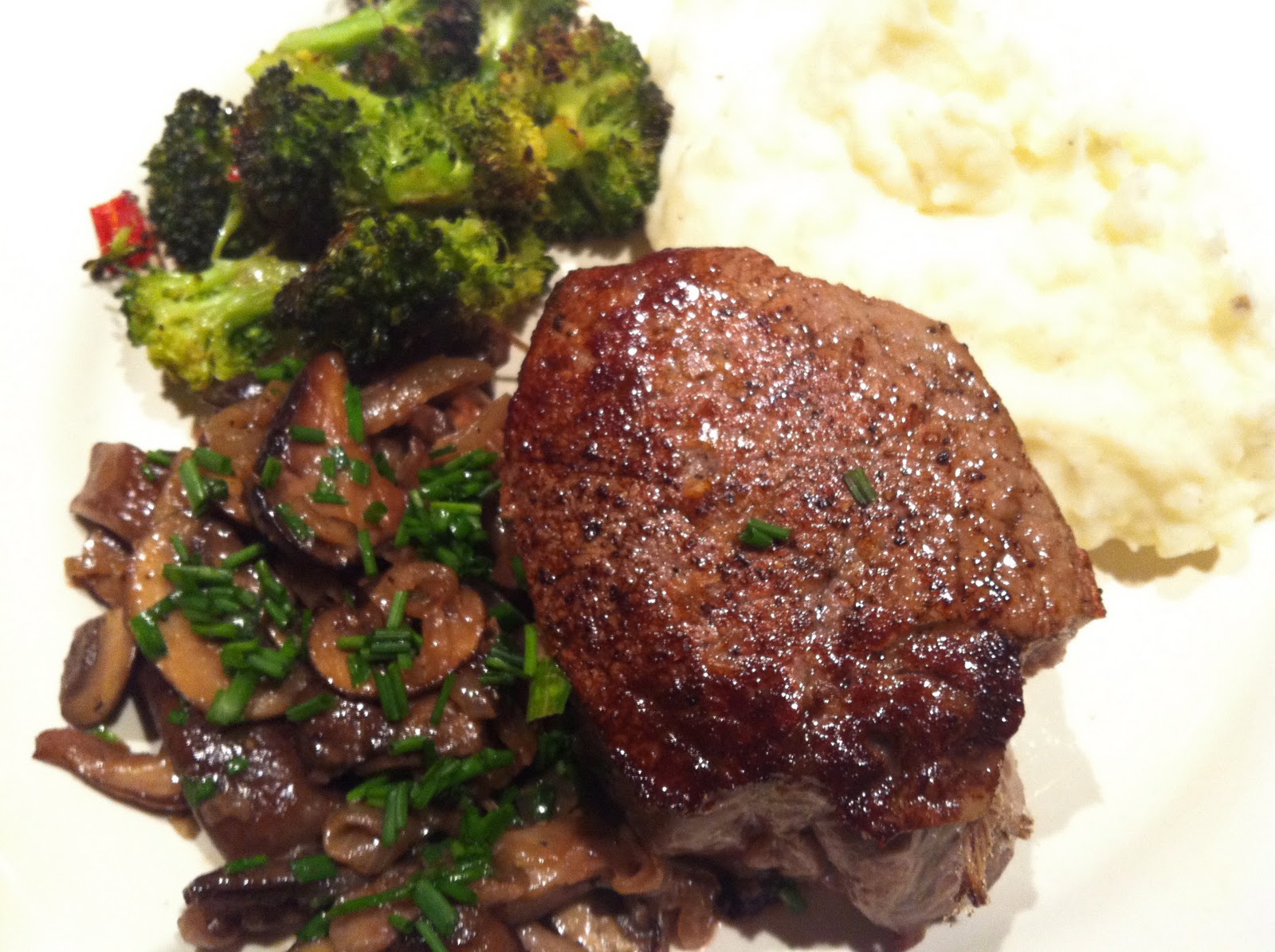

A suggestion from Byron Nelson was to assist in finding worthy competitors to join the field. Also, the men brainstormed ways to improve the tournament. Hogan served as host, paid the bill, while the table reminisced on the brief 18-year history of the event. “Only won by five.”Īt the first Champions Dinner, nine winners were in attendance with the exception of 1939 champ Ralph Guldahl and 1946 winner, Herman Keiser. “I only won by five, Dickeyboy,” Claude said. “You won Augusta with that?” Dick shouted. When Claude threw on his trusted brassie, the scale tilted from A to B to C to D, finally coming to terms at a density of E Zero. Dick attached the Featherlite, inched the knob before it rested on B. This version weighed by letters, not numbers. The device was similar to a medicine scale, sliding a top marker from left to right until balanced. “Dad, they’re going to take over golf,” Dick replied.Ĭlaude believed head weight was crucial to success, and before long the father and son had migrated to the rear of the shop to weigh clubs. “What the hell is this Dickey?” Claude said. According to Crenshaw the dialog went as follows. Claude snatched one like a toothpick, waved it through the East Texas air.
TUESDAY NIGHT DINNER AT VEZER PRO
Dickey Harmon, one of Claude’s four sons, was the head professional and his old man would visit for three weeks at a time.ĭuring a 1980s stay, Claude noticed the pro shop was overflowing with Featherlite irons, a Dave Pelz invention that Dick believed would monopolize the industry. He could talk for an hour about how golf was in the 1930s and '40s.”įor Ben Crenshaw, his favorite Harmon story centers on a moment at River Oaks Country Club in Houston. Tom Watson agreed, saying, “Claude Harmon was the best. The next year he’d tell the same one and it would be ten-times more embellished.” “He’d tell a story one year and we’d all laugh. “There was nobody funnier than Claude Harmon,” said 1976 winner Raymond Floyd. 6, 7 and 8 in four-under par, the blue-collared pro had boatraced the field. Harmon entered Sunday with a two-stroke lead but, after playing Nos.


The lone exception was Harmon, a strong-shouldered 31-year-old who spent winters at Seminole Golf Club and exhausted the remaining months at Winged Foot. All these Aprils (and one November) later, and a touring pro has exited Magnolia Lane wearing green ever since. Harmon was a club professional who entered 1948 without a Tour victory, and only touring professionals had won the first 11 Masters. Others pinpoint Claude Harmon as the life of the party. “Will this come in hardcover or paperback?” The room filled with nervous laughter, as Roberts quickly put Demaret back in his place. According to Tommy Aaron, at the 1974 supper, Roberts was discussing his soon-to-be published book when Demaret interjected. “What you hear inside that room, you just don’t hear anywhere else,” 1979 winner Fuzzy Zoeller said.Īt the infancy of the dinner, three-time winner Jimmy Demaret would often become the center of attention.


 0 kommentar(er)
0 kommentar(er)
